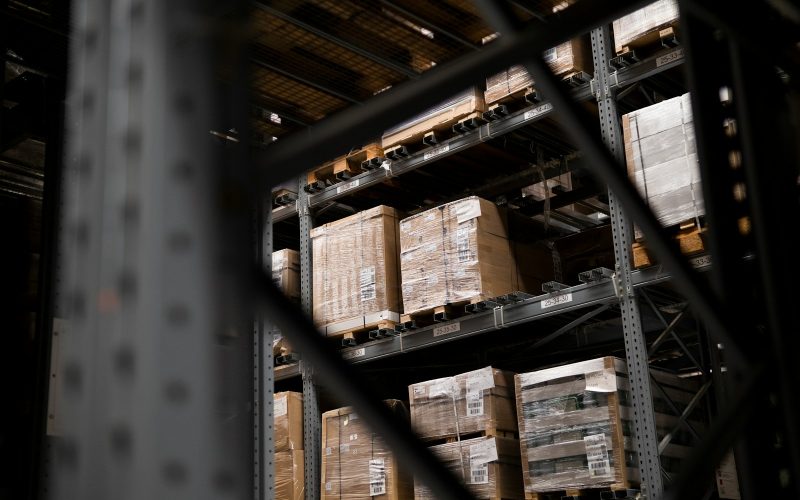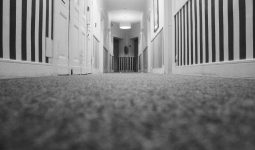Several key factors come into play when evaluating the durability of warehouse buildings, particularly those constructed with steel.
These buildings are designed to withstand the rigors of industrial use, providing robust storage and operational space for various goods and materials.
Assessing the durability of a warehouse building involves examining structural integrity, material quality, and design specifications that contribute to long-term performance and reliability.
Structural Integrity and Design Considerations
The structural integrity of a modern warehouse building is crucial for its durability.
Steel, known for its strength and load-bearing capacity, is popular in modern warehouse construction.
To ensure structural stability, the design should consider roof and wall configurations, column spacing, and foundation type.
A well-engineered design minimizes potential vulnerabilities and ensures the building can withstand environmental stresses, including wind, snow, and seismic loads.
Material Quality and Construction Standards
The durability of a steel warehouse building is influenced by the quality of materials used in the construction.
High-grade steel components, including beams, columns, and roofing materials, enhance the building’s resistance to corrosion, moisture, and physical wear.
Galvanized or coated steel offers additional protection against rust and degradation, prolonging the structure’s lifespan.
Adherence to construction standards and industry best practices ensures that materials are installed correctly, minimizing potential defects or weaknesses that could compromise durability.
Environmental Resilience
Warehouse buildings face exposure to various environmental factors that impact their durability over time.
Proper insulation and weatherproofing measures help regulate internal temperatures and protect stored goods from moisture and humidity.
Advanced coatings and finishes on steel components resist UV rays and chemical exposure, maintaining the building’s aesthetic appeal and structural integrity in harsh climates.
Assessing environmental resilience involves considering location-specific factors and choosing materials that offer long-term protection against weather-related damage.
Maintenance and Longevity
Regular maintenance plays an imperative role in preserving the durability of steel warehouse buildings.
Implementing a proactive maintenance plan includes inspecting structural components, monitoring for signs of corrosion or wear, and promptly addressing any issues.
Routine cleaning and upkeep of roofing, walls, and drainage systems prevent debris buildup and potential water damage.
Investing in preventive maintenance extends the longevity of the building, ensuring it remains resilient and operational for years to come.
Quality Assurance and Compliance
Ensuring durability also involves verifying compliance with quality assurance standards and regulatory requirements.
Certification programs and building codes set structural performance, fire safety, and environmental sustainability guidelines.
Choosing reputable suppliers and contractors who adhere to these standards ensures that construction meets or exceeds industry benchmarks for durability and safety.
Regular audits and inspections confirm ongoing compliance and identify opportunities for improvement in building performance and resilience.
Investment Value and Operational Efficiency
From an investment perspective, the durability of a steel warehouse building contributes to its overall value and operational efficiency.
A durable structure minimizes lifecycle costs associated with repairs and replacements, offering a reliable asset for long-term use.
Enhanced durability supports operational continuity by safeguarding inventory, equipment, and operational workflows from disruptions caused by structural failures or environmental hazards.
Evaluating the return on investment includes assessing durability as a key factor in minimizing operational risks and maximizing asset longevity.
Ensuring durability in a modern warehouse building involves a comprehensive assessment of structural integrity, material quality, environmental resilience, maintenance practices, and compliance with industry standards.
By prioritizing these factors during design, construction, and ongoing maintenance, stakeholders can optimize the performance and longevity of warehouse facilities.
A durable warehouse building protects stored assets, supports operational efficiency, and represents a sound investment in long-term asset management and business continuity.








